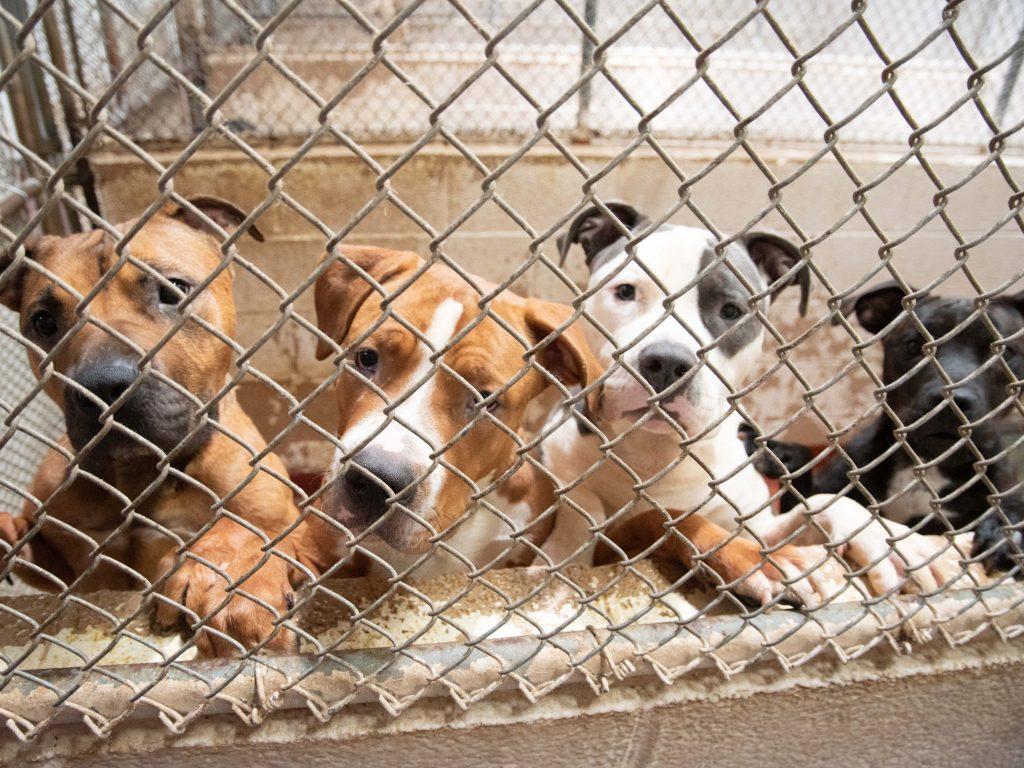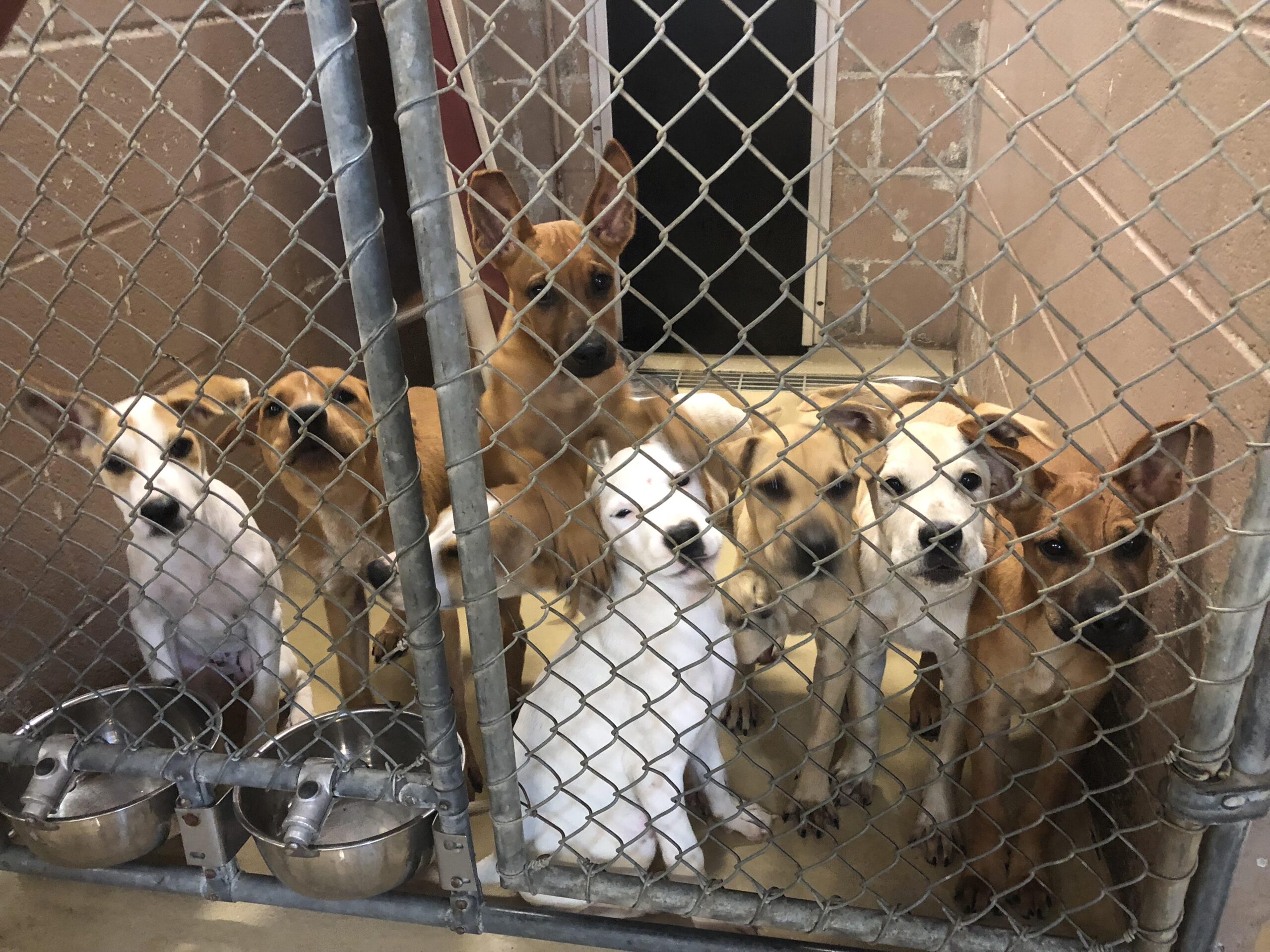In the echoing halls of overcrowded kennels, a silent symphony of hope and desperation plays out daily. Furry faces press against wire gates, each pair of eyes telling a story of waiting, longing, and the desperate need for a home. Local animal shelters are now sounding an urgent clarion call: their walls are bursting at the seams, and the tide of abandoned and surrendered animals shows no sign of receding.With compassion as their compass and survival as their goal, these shelters are reaching out to a community that might just hold the key to transforming these animals’ futures—one adoption, one foster home at a time. The walls echo with soft whimpers and restless shuffling as kennels burst at the seams, housing more furry residents than ever before. Local animal shelters are experiencing an unprecedented surge in animal intake, pushing their resources and facilities to the absolute limit.
Staff members are working overtime, juggling limited space and increasing numbers of abandoned and surrendered pets. Every square inch of kennel space has become a precious commodity, with some shelters reporting occupancy rates nearly 200% above normal capacity.
“We’re seeing a perfect storm of challenges,” explains Sarah Martinez, lead coordinator at Paw Haven Shelter. “Post-pandemic lifestyle changes, economic pressures, and seasonal surrender trends are converging in ways we’ve never experienced before.”
Dogs of all ages and breeds crowd together, their hopeful eyes scanning each passing visitor. Puppies tumble over one another in cramped spaces, while senior dogs huddle quietly in corners. Cats perch on every available surface,their territorial instincts tested by overcrowded conditions.The shelter’s urgent plea isn’t just about finding temporary homes—it’s about preventing potential euthanasia decisions that become increasingly likely as space dwindles. Each adoption or foster opportunity represents a lifeline for these animals, offering them a chance at comfort and companionship.
Financial constraints compound the challenge. Feeding, medical care, and basic maintenance for dozens of extra animals strain already tight budgets. Veterinary services,vaccination programs,and daily care require significant resources that are quickly depleting.
Community engagement has become crucial.Local volunteers are stepping up, organizing adoption events, creating social media campaigns, and spreading awareness about the shelter’s critical situation. Every share, every post, potentially translates into a potential forever home for these waiting animals.
Specialized programs are emerging to address the crisis. Some shelters offer reduced adoption fees, extensive veterinary packages, and extended support for new pet owners. Training resources,behavior consultations,and post-adoption guidance aim to increase successful,long-term placements.
The message is clear and urgent: these animals need homes. Whether through direct adoption,fostering,or supporting local shelter initiatives,community involvement can transform these crowded spaces into temporary waypoints toward loving families.
As summer approaches and surrender rates traditionally spike, the shelter’s call becomes even more pressing. Each empty kennel represents hope, each successful adoption a small victory in an ongoing battle to protect and preserve animal lives.








